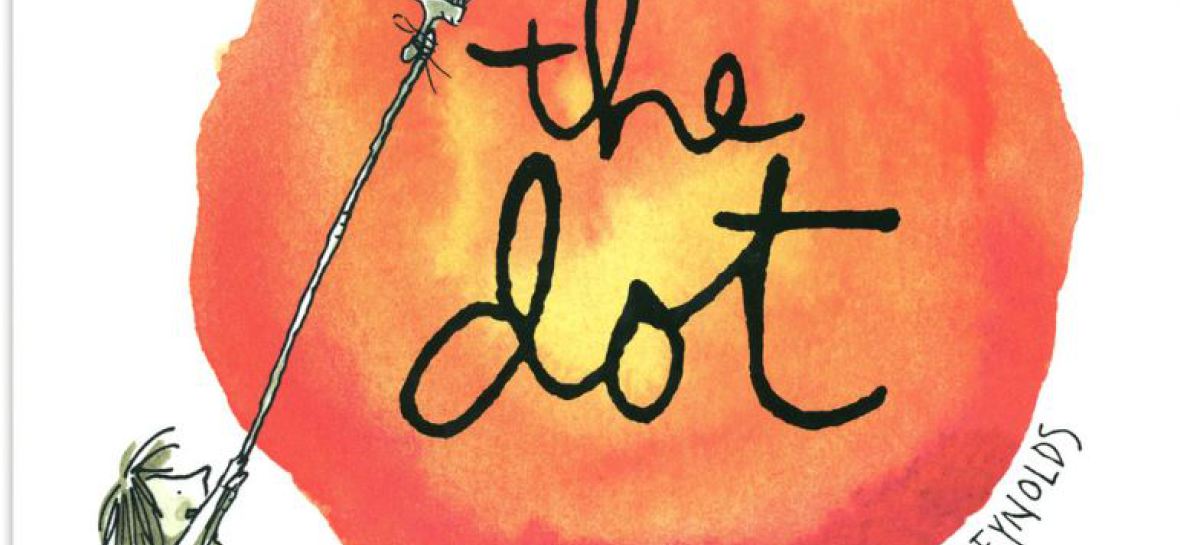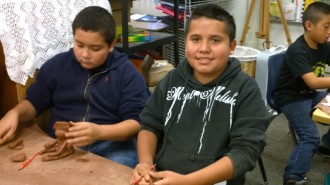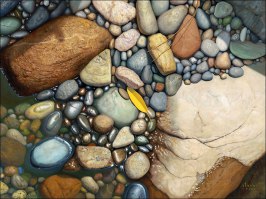

- How to Draw a Butterfly
- How to Draw a Daffodil
- How to Draw A Dragon
- How to Draw Eggs
- How to Draw Landscapes
- How to Draw Lines 1,2,& 3
- Elements of Art
- Nature's Contrast Color Theory
- Finding Values in Color
- Gradient Value
- Golden Mean Fibonacci
- Students' Portfolios
- Mermaids and Sea shells
- The Pumpkin Patch
- Into the Woods
- Deciduous Woods
- Trees and Leaves
- Evergreen Trees
- Squirrels & Hedgehogs
- Art Journal Easter Eggs
- The Mitten
- Zentangles
Gradient and Value Scales
I took my drawing class from Professor Carera at Reedley College, and guess what she made us do? A gradient scale.
According to artist and teacher Dorian Iten, "
Why a Value Gradient?
A Value Gradient is about controlling your medium. Therefore it makes sense to do a gradient scale first. The specific skills you will improve are edge control, value control, and creating smooth tones. This is extremely valuable in representational drawing and will allow you to avoid or resolve many drawing problems.
I recommend doing at least one Value Gradient for each medium you work in. It’s ideal to do it when you first “meet” a new medium, but it’s helpful at any skill level. Many experienced artists still use Value Gradients to maintain their craftsmanship. If it’s good enough for them, it’s surely good enough for us, right?
Email image to www.wondertimearts@gmail.com. Ready, Set, DRAW!
Special Thanks to Dorian Iten for letting us use his How to make a Value Gradient in Charcoal
He is an artist and teacher from Barcelona in Spain
A) Gather materials
- A soft charcoal (I like the vine charcoal.)
- A hard charcoal (The blue Nitram for me.)
- A kneadable eraser (This is pretty much indispensable when working in charcoal.)
- A ruler (You can also use the edge of a book.)
- A piece of paper (You need a proper drawing paper, around 160 gsm (98 lb). Canson Mi-Teintes, Fabriano Roma, or Arches works well.
B) Things to keep in mind
- Working carefully and with clean hands, you will finish much quicker than trying to rush.
- Keep “cleaning up” your gradient as you work, so it is free of texture/noise and you can see the values clearly.
1) Draw a box
Use light lines to indicate the shape of your gradient.
2) Start with black
Place your “darkest dark” on the left side of your gradient.
The far right represents your “lightest light”, the paper value.
3) Find the middle value
Add
a tone in the center that you estimate as the middle value between “darkest dark” and “lightest light”.
It won’t be perfect, but get as close as you can.
4) Begin the Gradient
Grow out from black towards the middle value. Adjust with your eraser if necessary.
5) Rough Gradient
Keep expanding to create a rough version of your gradient. Is it well balanced overall?
6) Refine
Clean up the tones to make a smooth transition from left to right.
7) Finish
Finish the scale by cleaning up any irregularities. This can take a while! Be patient and really go for perfection.
To see his visuals visit his website
https://www.dorian-iten.com/value-gradient/
Artful Teaching
Mrs. Schellenberg & Young Artists
Ralph Waldo Emerson's Poem: Success- to leave the world a bit better, whether by a healthy child, a garden patch or a redeemed social condition; To know even one life breathed easier because of you.
Thank you AT&T
We used the wiring for our artful galimotos




